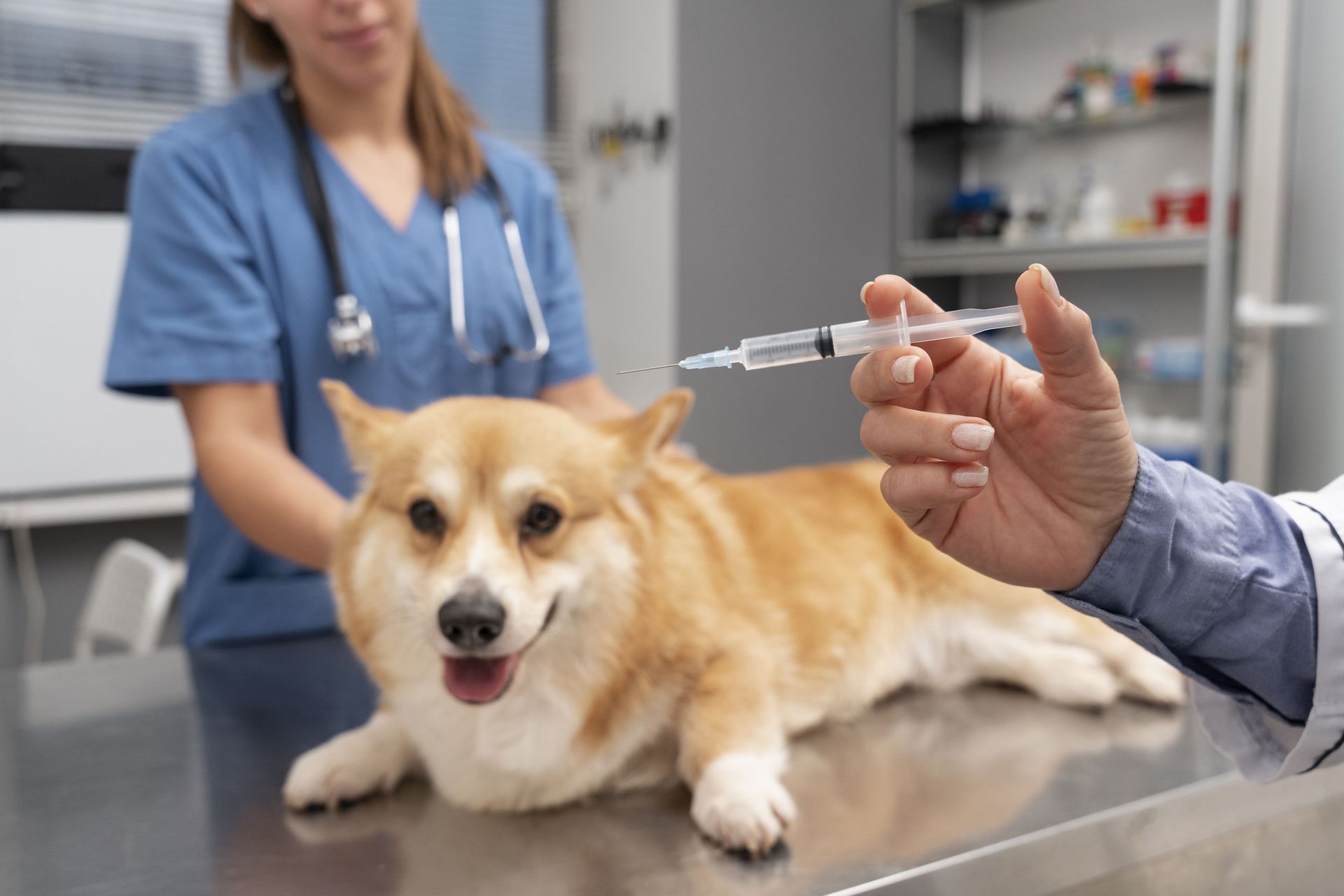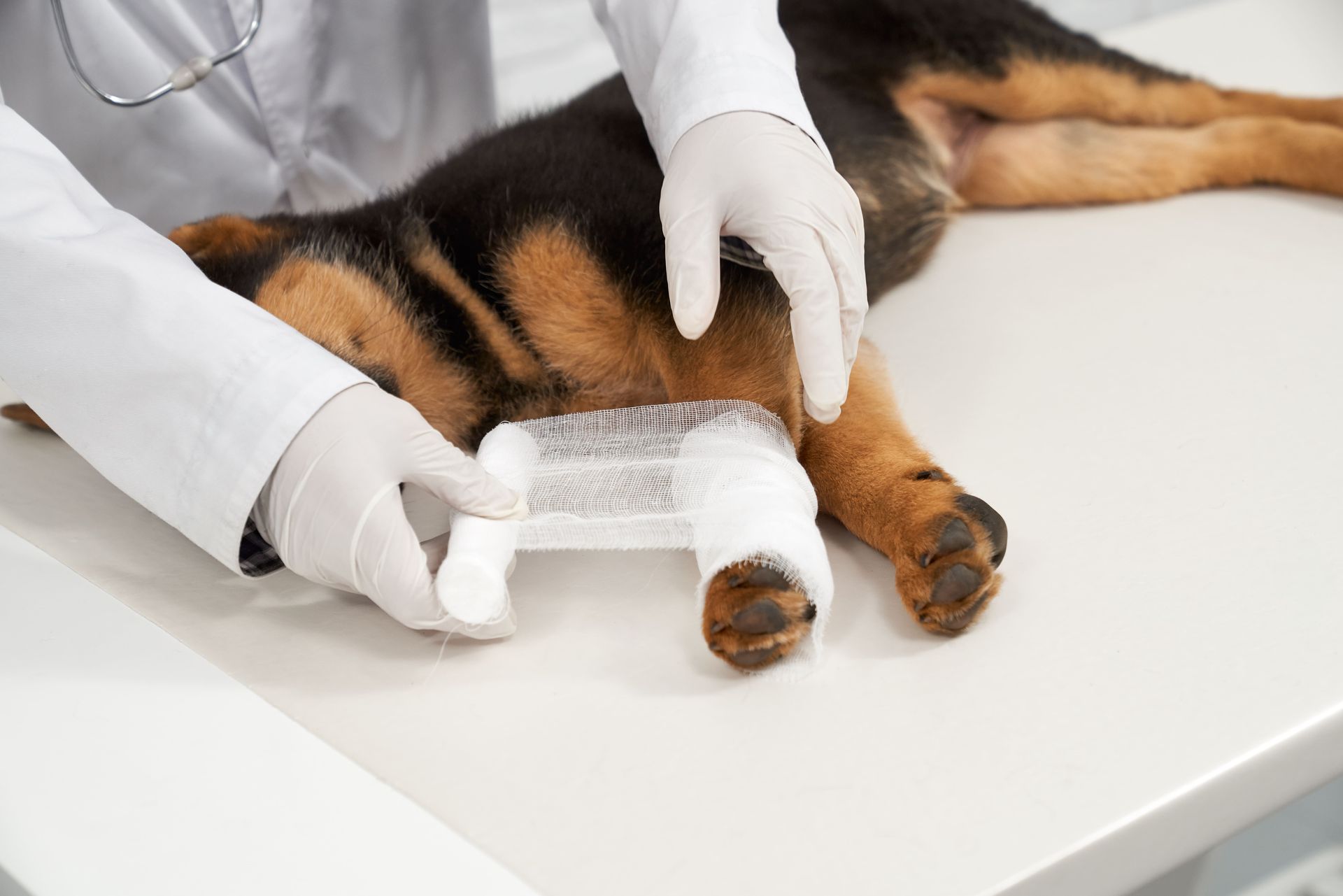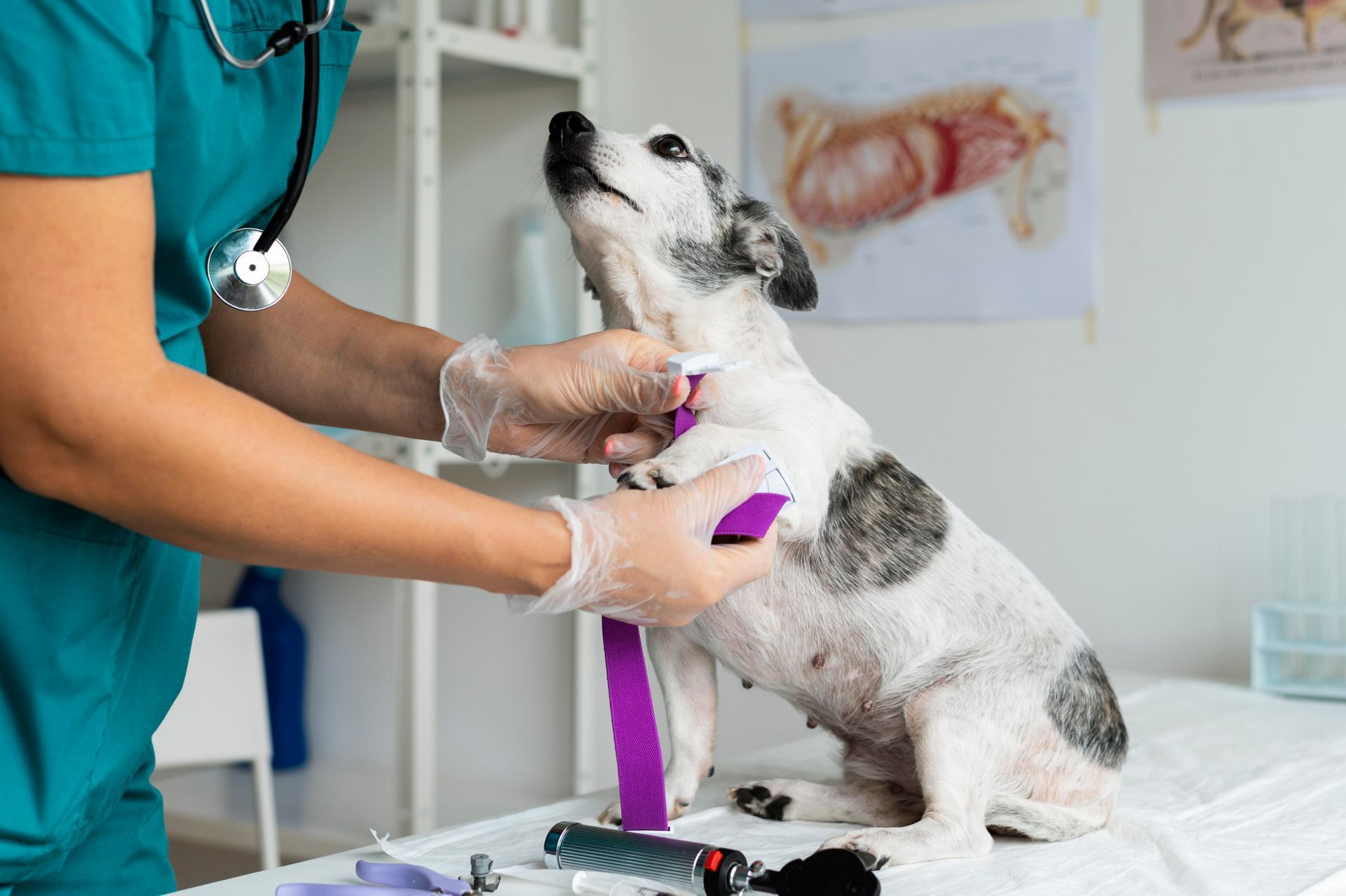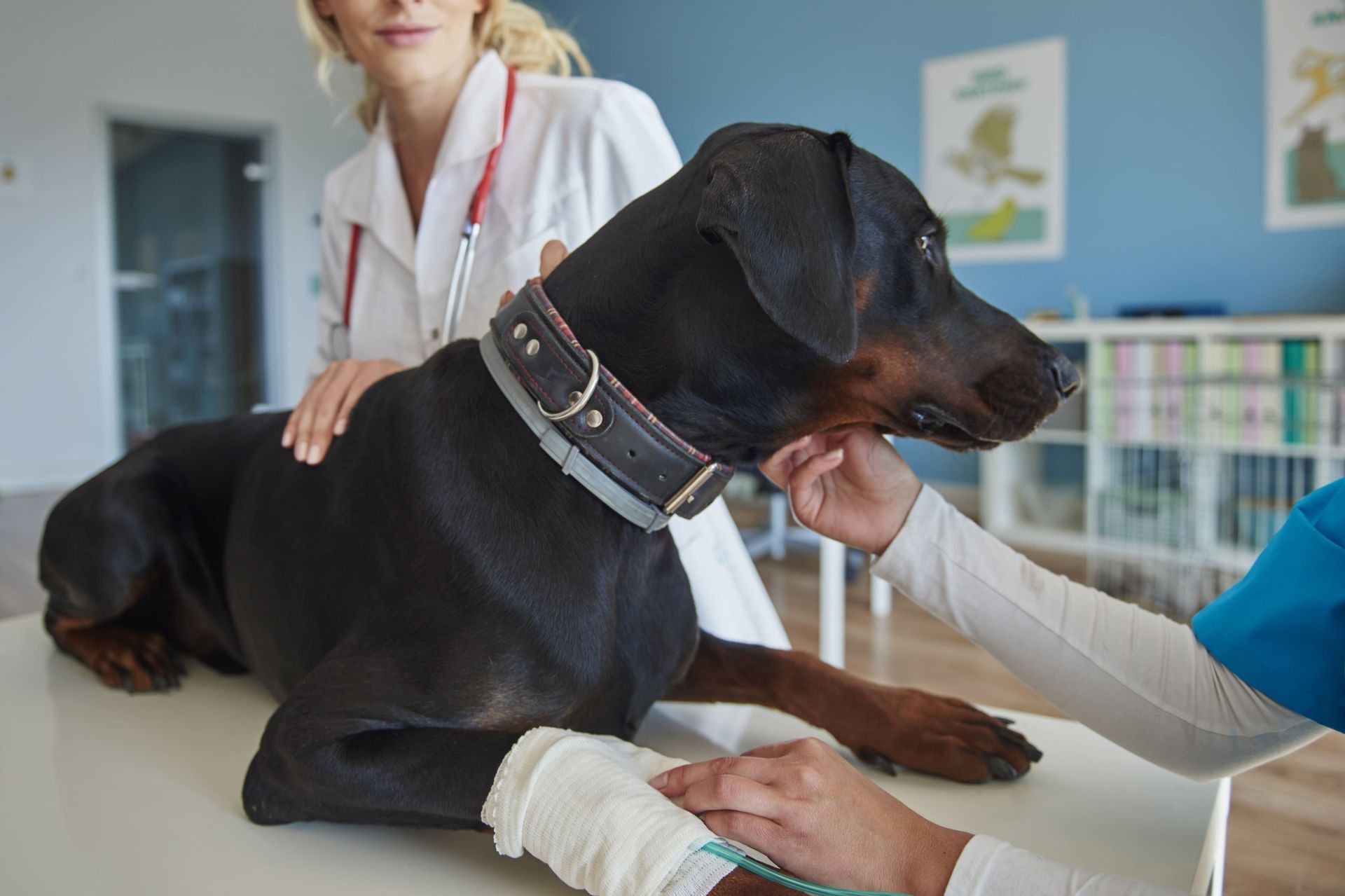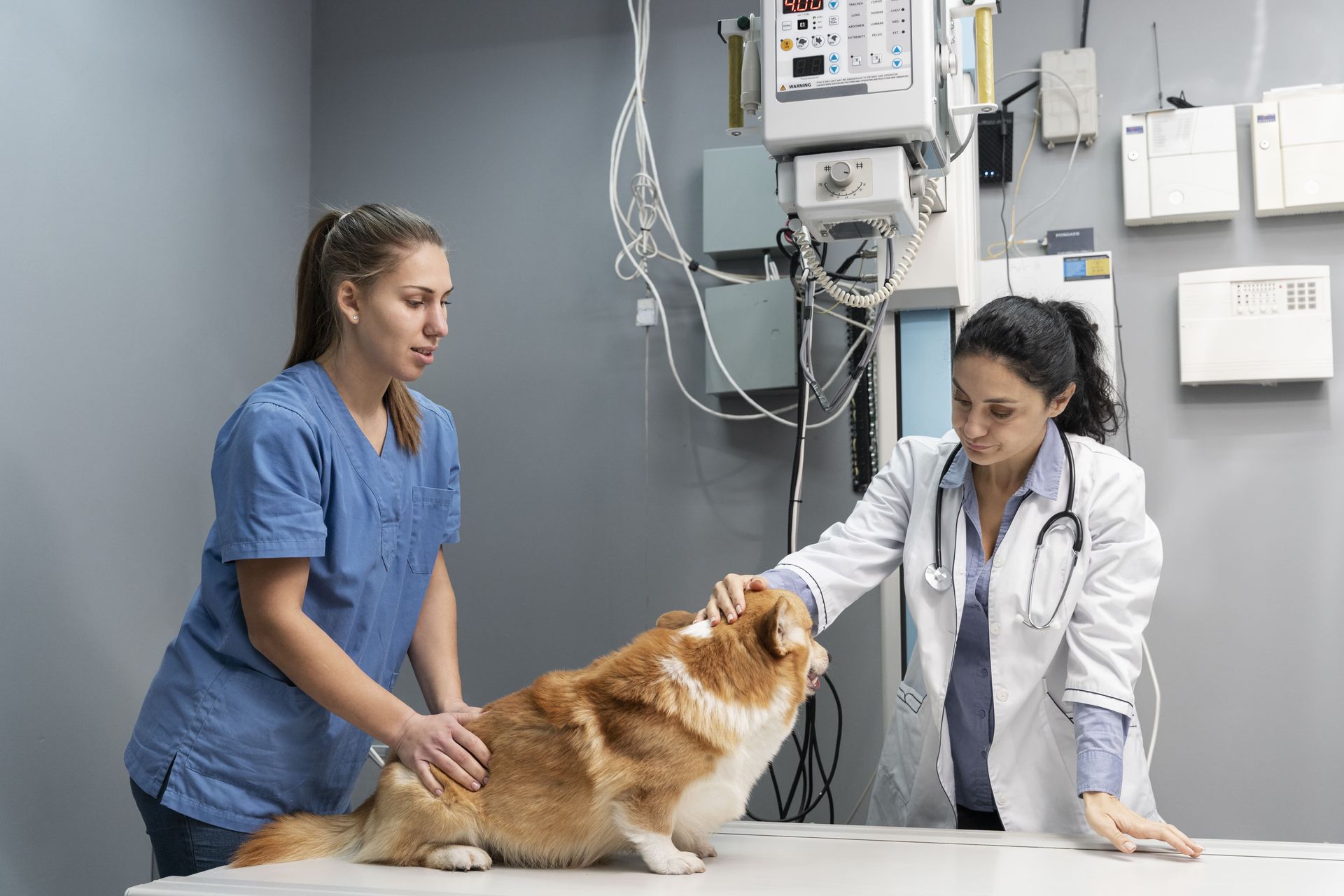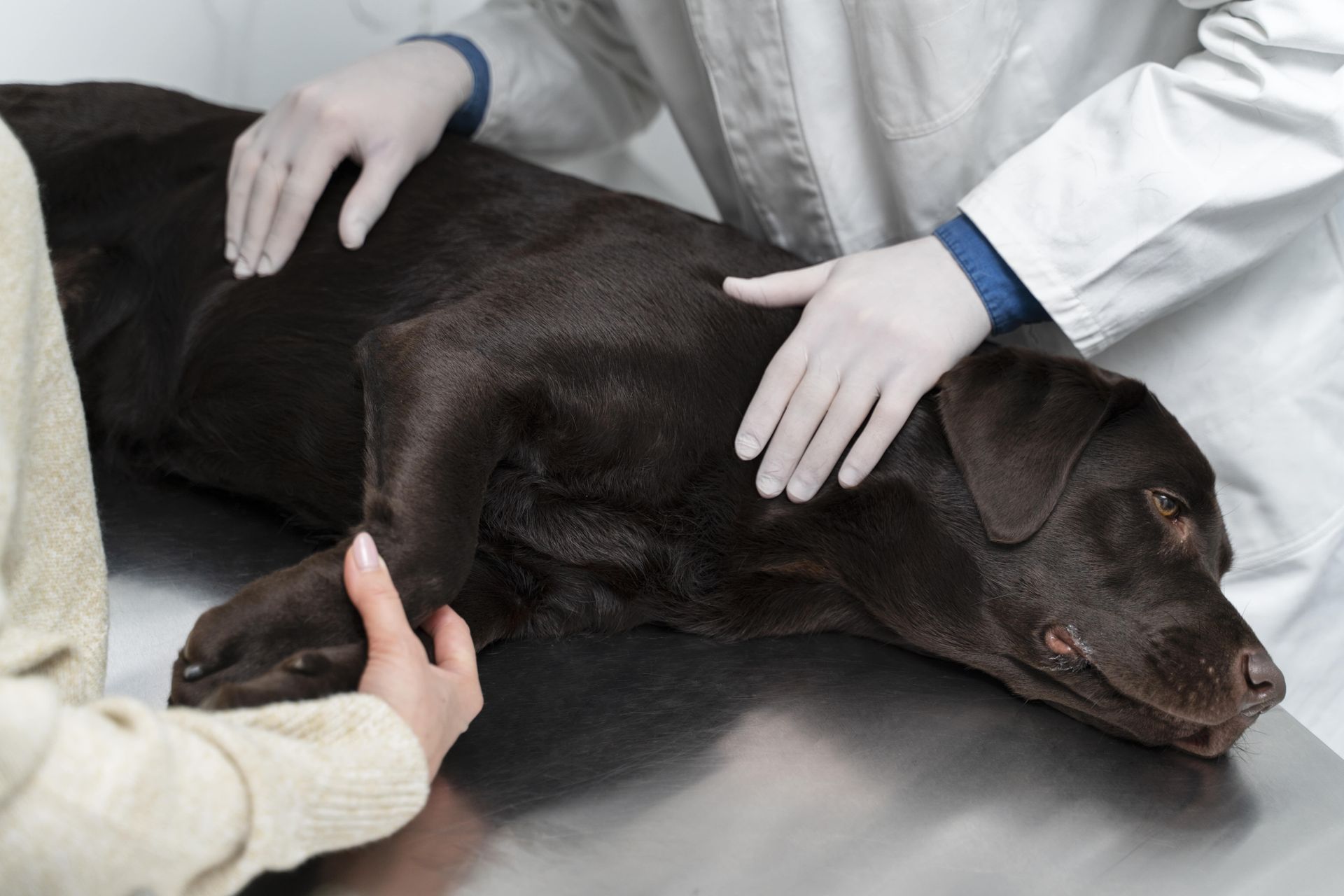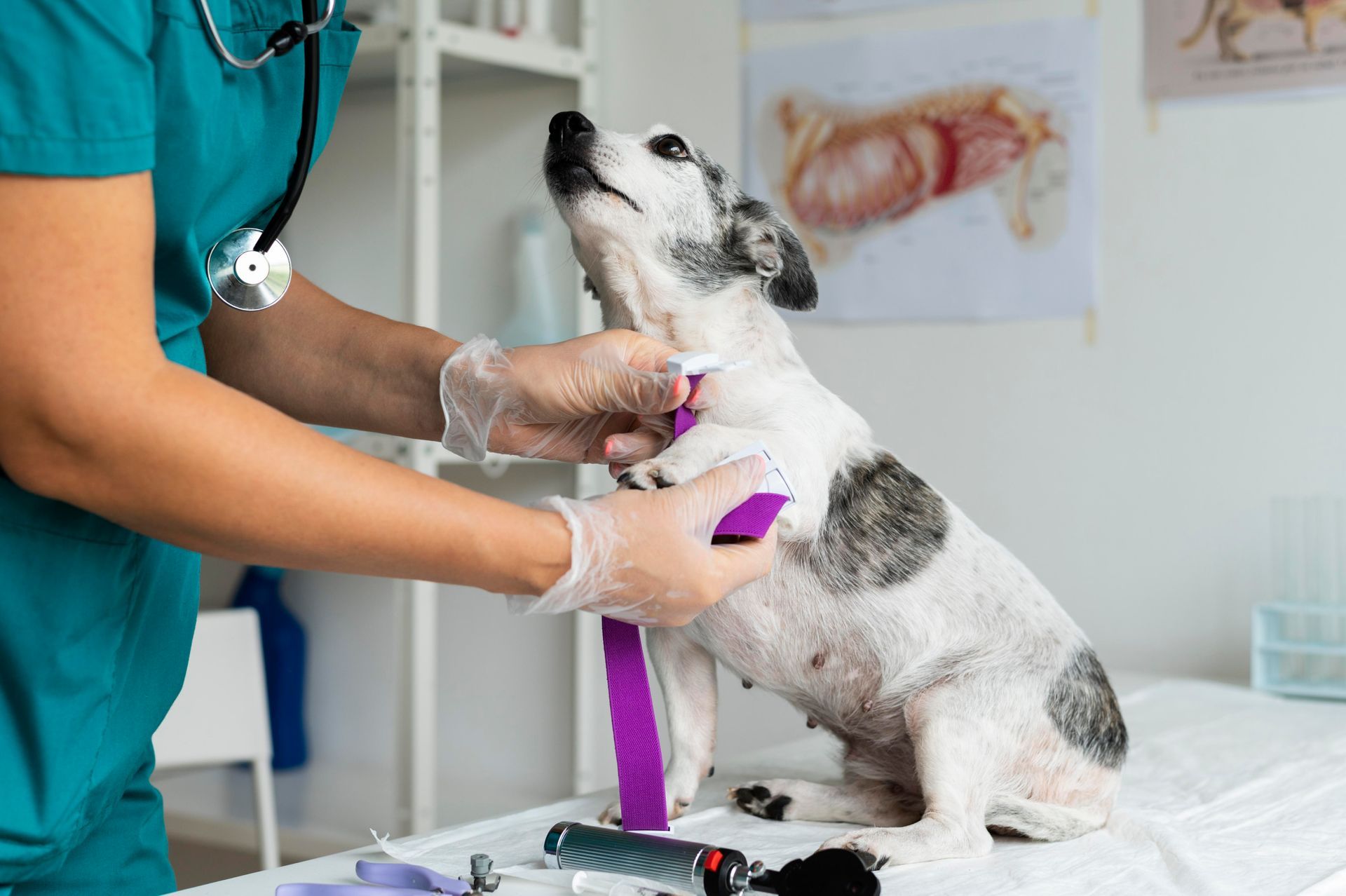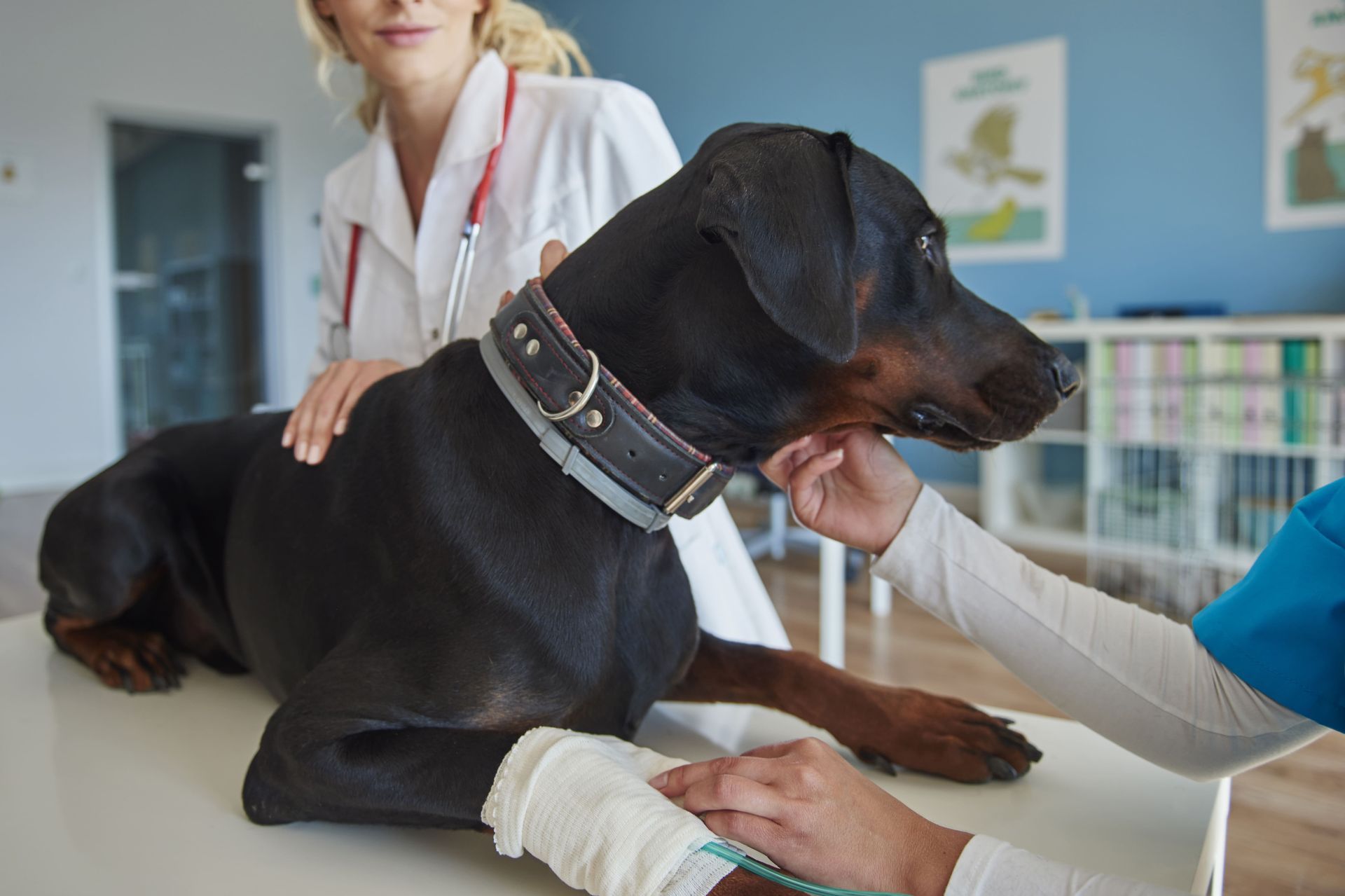A Pet Owner's Guide to Dog Fracture Repair and Recovery
Discovering that your beloved dog has a fracture can be a daunting experience as a pet owner. Understanding the process of repair and recovery can help ease your worries and set your pet on the path to healing. This guide aims to provide you with practical information and tips to support your furry companion through their recovery journey. Whether it's a minor break or a more serious case, dog fracture repair requires attention, patience, and love.
Understanding Dog Fractures
Dog fractures can happen due to various reasons, like accidents, falls, or underlying health conditions. Understanding the type of fracture your pet has is the first step in assisting them with the right treatment.
Fractures in dogs are typically categorized into two main types: closed and open fractures. A closed fracture means that the broken bone does not penetrate the skin, while an open fracture, also known as a compound fracture, involves a wound and potential exposure of the bone.
Recognizing the symptoms of fractures is crucial, as dogs often exhibit signs such as limping, swelling, or reluctance to use the affected limb. If you notice these symptoms, it's vital to remain calm and promptly consult with a veterinarian for further diagnosis. Accurate identification of the fracture type is essential for effective dog fracture repair.
Initial Steps After Discovering a Fracture
As soon as you suspect a fracture, it's crucial to keep your dog calm and immobile. Contact your veterinarian for immediate advice and prepare for an emergency visit if necessary.
Handling a situation where your dog may have a fracture requires a delicate approach. First and foremost, ensure that your furry friend is as comfortable as possible while minimizing their movement. Try using makeshift supports to stabilize the affected area.
It’s also essential to speak soothingly to your dog to reduce their anxiety. Quick communication with your veterinarian can guide the necessary steps for safe transportation and pain relief. Remember, timely action is key to successful dog fracture repair.
The Veterinary Process: Diagnosis and Treatment
Once at the veterinary clinic, your pet will undergo a series of diagnostics, like X-rays, to determine the severity and nature of the fracture. Treatment may involve casting, splinting, or surgery, depending on the specific case.
During your vet visit, diagnostic imaging such as X-rays provides a clear view of the fracture's location, type, and complexity. This evaluation helps in formulating an effective treatment plan.
In some cases, simple fractures can be managed with casting, providing stability to the bone as it naturally heals. For more complex breaks, surgical intervention may be necessary to realign bone fragments. Your veterinarian will discuss the best course of action for your pet’s specific needs, taking into account their overall health and activity level.
No matter the method, dog fracture repair must be tailored to your pet’s unique condition, ensuring optimal results.
Post-Surgery Care: What to Expect
If surgery is required, your vet will provide instructions for post-operative care. This typically includes managing pain, keeping the wound clean, and limiting your dog's activity.
Post-operative care is a critical phase in your dog's healing journey. Managing pain effectively is paramount; your vet will likely prescribe medications to ease discomfort and promote rest.
Pay attention to the surgical site, ensuring it remains clean and free of infection by following your vet’s cleaning instructions. Limiting your dog’s activity helps prevent accidental re-injury or disruption of the healing process.
Consider creating a cozy recovery space where your pup can relax without the temptation to dash or hop around.
Creating a routine and offering gentle reassurance will go a long way in ensuring your dog fracture repair process stays on track.
Managing Pain and Ensuring Comfort
Managing your dog's pain is important for their recovery. Your veterinarian will prescribe medications to help with this. Additionally, make your dog’s resting place comfortable and easily accessible.
In addition to following the prescribed medication schedule, consider natural pain relief methods to provide extra comfort for your dog. Simple acts such as gentle massage or the use of warm compresses can alleviate stiffness and improve circulation.
Also, consider the use of dog-safe orthopedic beds to cushion and support your dog’s body, which can significantly improve their comfort levels during rest.
Remember, a relaxed dog heals better, and your support is the cornerstone of their recovery.
Creating a peaceful environment plays a big role in dog fracture repair, helping your dog feel secure and loved throughout the process.
Rehabilitation and Physiotherapy: A Path to Recovery
Rehabilitation exercises and physiotherapy can aid in restoring mobility and strength in your dog. Consult with your vet for recommended exercises that suit your pet's condition and progress.
The road to recovery often involves structured rehabilitation sessions tailored to your dog’s specific injury and capabilities. Among the many benefits, physiotherapy can enhance flexibility and prevent muscle atrophy, fostering a quicker and more complete recovery.
Exercises such as hydrotherapy or controlled leash walks can boost muscle strength without overburdening healing bones. It’s crucial to maintain a steady pace and collaborate with professional therapists who can adjust the intensity and duration of these exercises in line with your dog’s health improvements.
When done consistently, rehabilitation becomes an essential extension of the dog fracture repair plan.
Preventing Future Fractures
Once your dog has recovered, it's essential to take preventative measures. This includes maintaining a healthy diet, regular vet check-ups, and ensuring your home environment is safe for your pet.
To further safeguard your four-legged friend from future fractures, educating yourself about the potential risks and implementing preventive strategies is vital.
Opt for dog food rich in calcium and vitamin D, as these nutrients play a crucial role in maintaining strong bones. Regular veterinary check-ups can catch early signs of bone weakness or other health issues that might predispose your dog to fractures.
Furthermore, evaluate your home environment for hazards like slippery floors or sharp-edged furniture that could contribute to injury. These simple changes help in reducing the chances of needing dog fracture repair again in the future.
In Conclusion: Supporting Your Dog’s Recovery
Helping your dog recover from a fracture can be challenging, but with the right knowledge and support, it can also be a rewarding experience. Dog fracture repair is not just about medical treatment—it’s about consistent care, patience, and emotional support.
By following your veterinarian's recommendations, being observant, and offering your pet plenty of affection, you can help them bounce back to their playful, happy self. Don’t underestimate the power of small acts—your dog will feel your love every step of the way.
For more tips on ensuring your pet's well-being and staying informed about dog fracture repair, visit our home page and explore our expert-curated resources.
FAQs
Q-1. How long does it take for a dog's fracture repair to heal?
Ans: Most fractures take between 6 to 12 weeks to heal, depending on the severity, age of the dog, and the treatment method used.
Q-2. Can a dog walk on a broken leg?
Ans: Some dogs may try to walk or limp, but this is dangerous. Any suspected fracture requires immediate immobilization and veterinary attention.
Q-3. Is surgery always required for dog fracture repair?
Ans: Not always. Some fractures can be managed with a cast or splint, but complex breaks often require surgical intervention.
Q-4. How can I make my home safer to avoid future fractures?
Ans: Use non-slip rugs, block off staircases, avoid clutter, and ensure your dog doesn’t jump from high furniture. Regular vet visits also help identify underlying risks.

